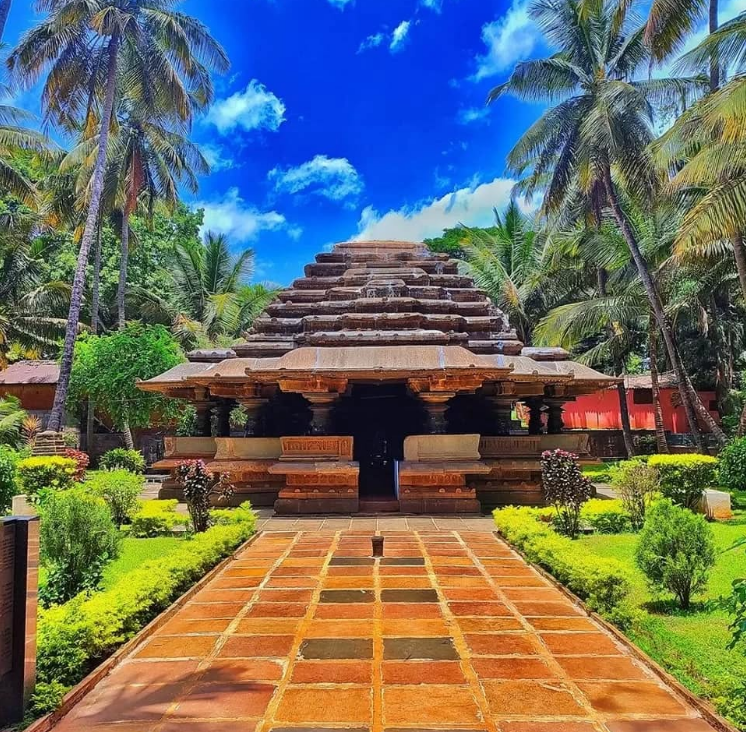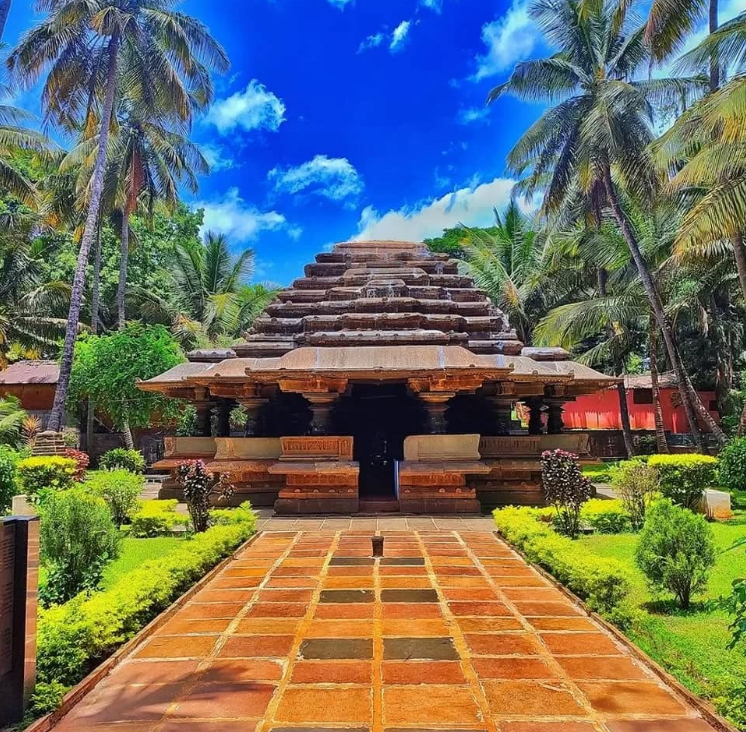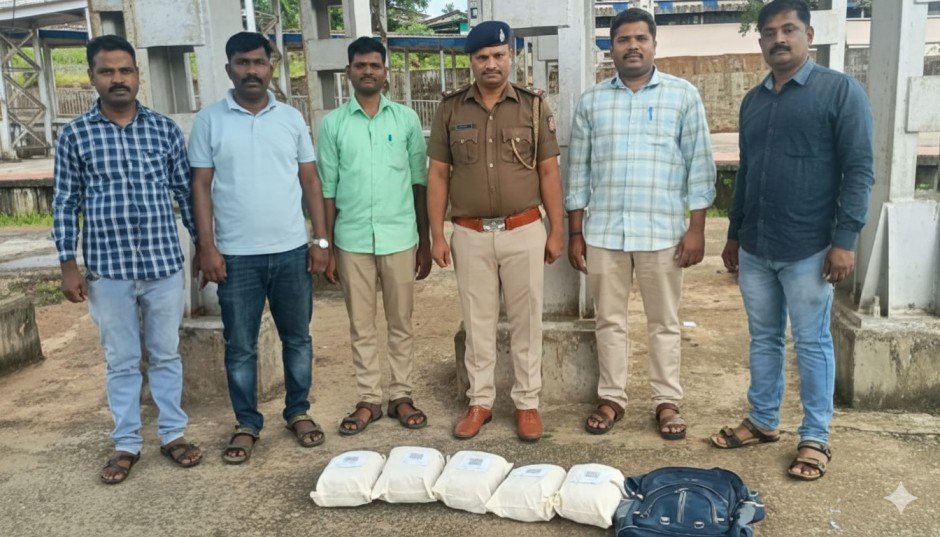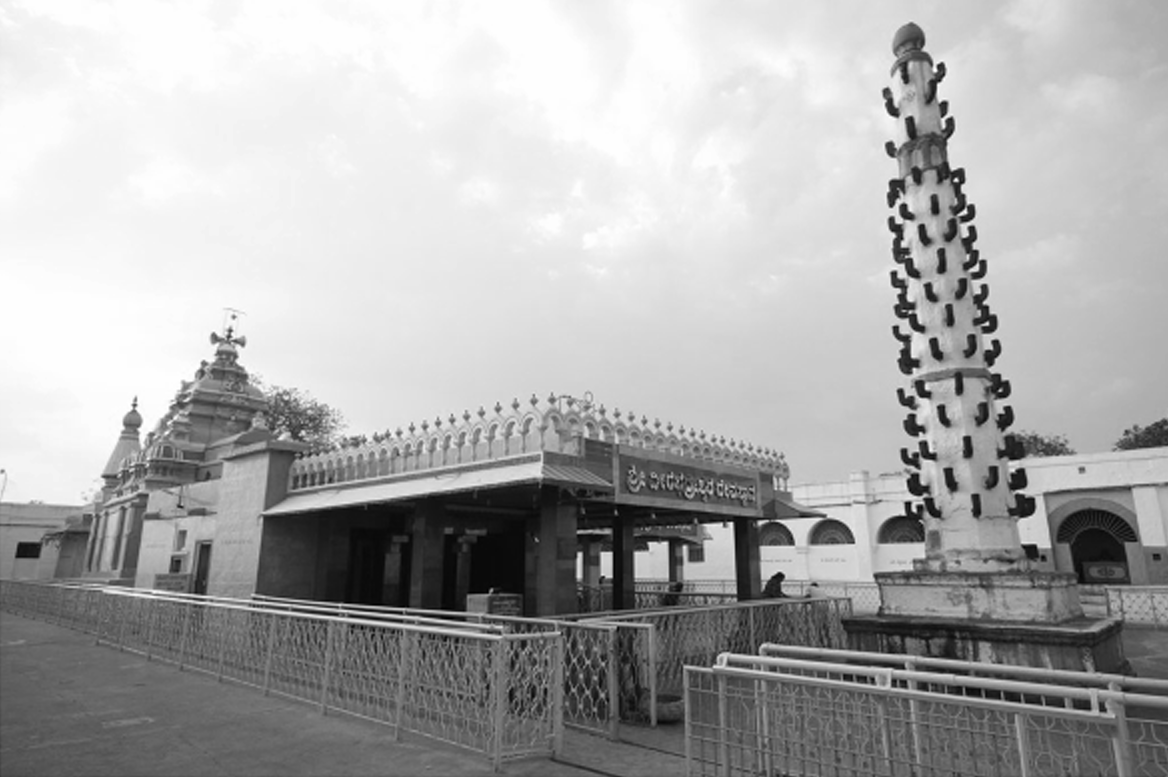

Kamal Basadi, also known as Kamal Basti, is a stunning Jain temple nestled within the historic Belgaum Fort in the heart of Belagavi City, Karnataka. Just 3 km from the Belagavi bus stand and easily accessible by local transport or private vehicle, this temple is a serene retreat for devotees, history enthusiasts, and architecture lovers. Maintained by the Archaeological Department of India, the temple is famous for its intricate carvings and peaceful atmosphere, making it one of the city’s must-visit spiritual and heritage sites.
For Reference: https://en.wikipedia.org/wiki/Kamal_Basadi
Built in 1204 CE during the Ratta dynasty, Kamal Basadi was commissioned by Birchiraja (Jaya Raya), a royal officer in the court of King Kartavirya IV. Under the spiritual guidance of Jain monk Subhachandrabhattarakadeva, and crafted by architects Kartaviryadeva and Yuvrajakumara Mallikarjunadeva, the temple reflects the elegance of the Later Chalukyan architectural style. The temple gets its name from the stunning lotus-shaped carving with 72 petals on the central ceiling of the mandapa. Each petal is believed to represent the 24 past, present, and future Tirthankaras, symbolizing purity and enlightenment in Jain philosophy.
The sanctum of Kamal Basadi houses a black stone idol of Lord Neminatha, the 22nd Tirthankara, believed to have been discovered in a nearby forest and brought to the temple. The idol sits gracefully on a finely carved throne, radiating spiritual serenity. Other idols in the temple include Lord Adinatha (Rishabhanatha) in a meditative pose, Sumatinatha, and Parshvanatha with a beautifully sculpted seven-hooded serpent. A unique feature is the Navagraha shrine, where nine Tirthankaras are worshipped, representing the nine planetary influences in Jain belief. The interiors are supported by richly decorated and polished pillars, with cobra carvings at the brackets and a perfectly aligned doorway leading to the garbhagriha (sanctum sanctorum).
Visiting Kamal Basadi offers a blend of spiritual calm and cultural richness. The peaceful ambiance, coupled with the detailed artwork and historical significance, attracts not only pilgrims but also tourists from across India. Since it’s located within Belgaum Fort, visitors can also explore the fort’s historical structures and enjoy panoramic views of Belagavi city. The best time to visit is early morning or late afternoon when the temple is quiet, and the carvings look especially beautiful in natural light.
Whether you’re a history buff, spiritual seeker, or casual traveler, Kamal Basadi is a captivating destination. Its central location in Belagavi city, combined with its artistic excellence and religious importance, makes it a must-visit gem of North Karnataka.







